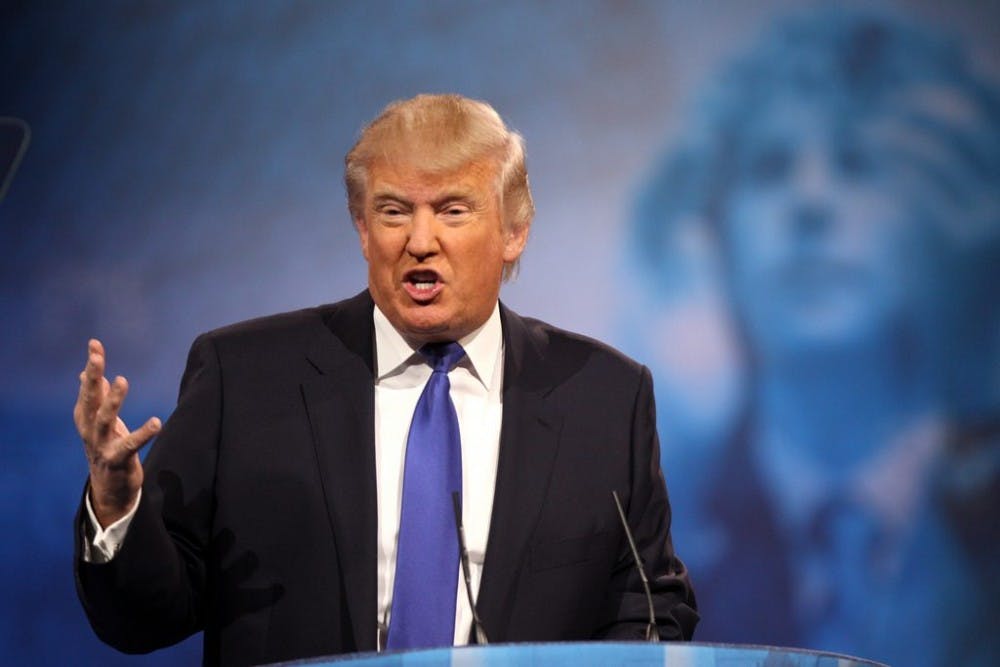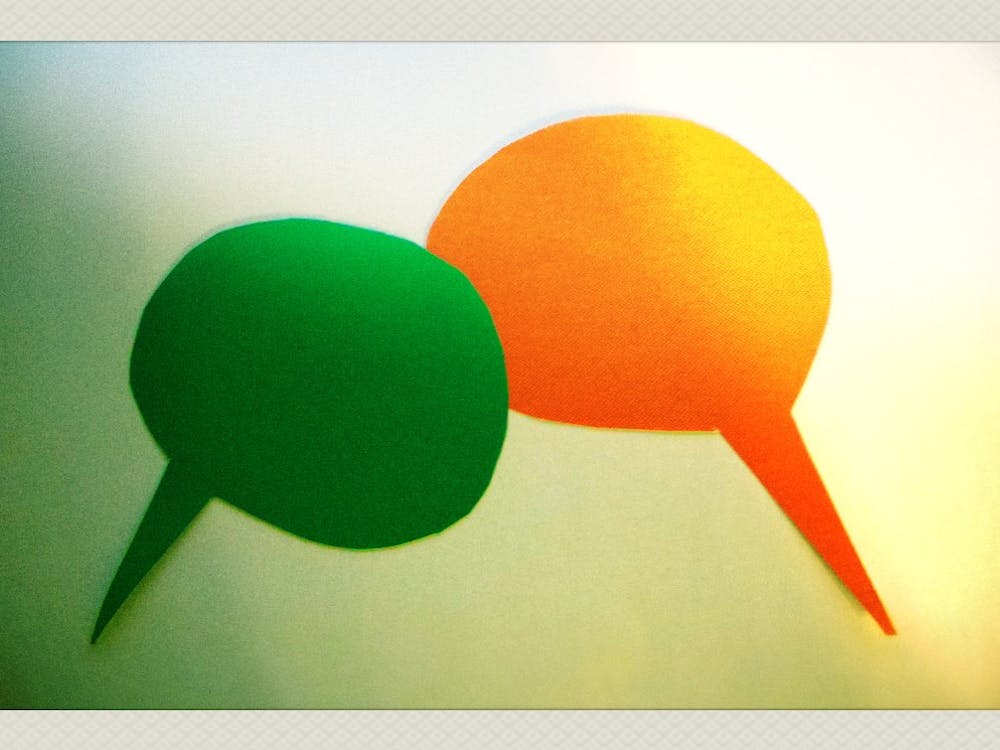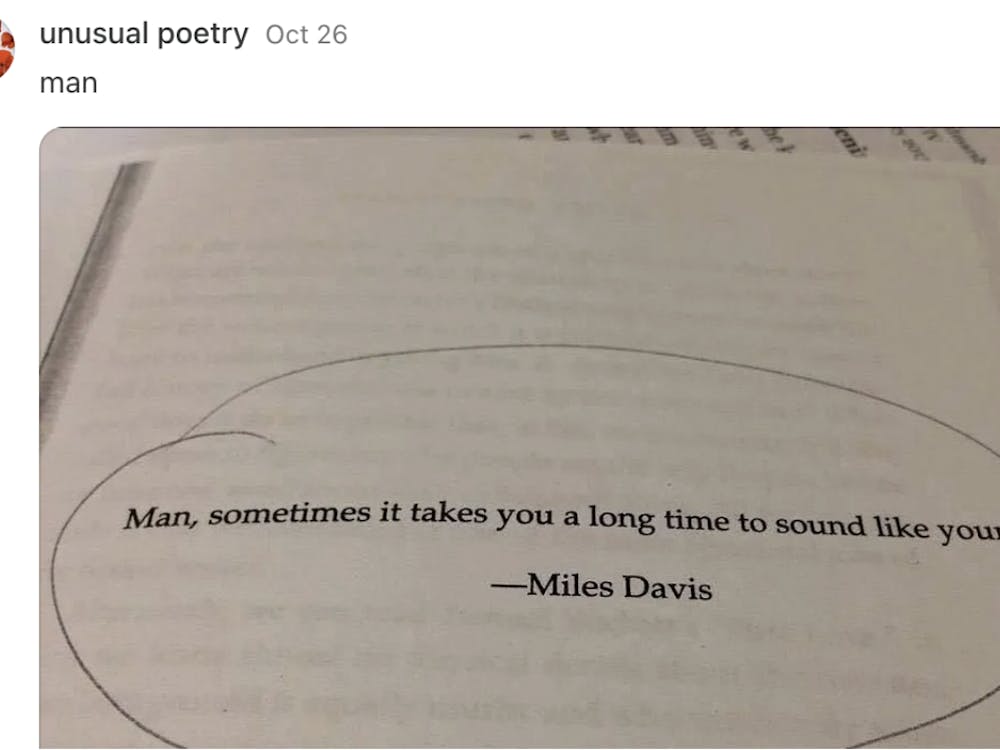Since the election, there have been numerous articles trying to get to the bottom of the motivation of Trump voters. Are Trump voters the result of racism and xenophobia, economic anxiety or a mixture of both (spoiler: According to exit polls, the answer is racism)? And, depending on your answer to the question, how best can liberals and leftists reach out to them?
Are we stuck in a liberal bubble on campus, failing to reach out to the common working man who voted for Trump? A large chunk of time was spent on this topic at the American Association of University Professors (AAUP) teach-in last week.
Unfortunately, the framing of this conversation ignores the basic realities of the American political system. The concept of one Democratic America and one Republican America is a myth that has worked its way into liberal and leftist discourse.
The basic fact that these discussions ignore is that the majority of working class people in this country — of any race — do not vote. Working class people in the United States are completely isolated from the political process. The reasons for this are complex; a mixture of voting suppression targeting black people who are disproportionately overrepresented among the poor and working class; and the feeling that one’s vote will make no difference.
Some raw data: While people making under $50,000 a year account for 48 percent of the U.S. population, they constitute about 36 percent of voters. In 2008, members of the top one percent of American society turned out to vote at a rate of 99 percent.
People making under $10,000 (about 38 million people in 2010) voted in 2008 at a rate of 49 percent and voted in 2010 at a rate of 26 percent (Source: “Why the Voting Gap Matters” by Sean McElwee in Demos).
Similarly, the idea that Trump spoke to the working class at large is a myth: Hillary Clinton led among voters who made less than $50,000 a year (of course, both candidates failed miserably at speaking to working class people).
So I reject the premise that we are liberal East-coast ivory tower elites failing to reach out to the working class who voted for Trump (besides the fact that I am from Ohio and not a liberal). Therefore, I reject the popular idea that reaching out to Trump voters should be a priority.
The American political system has, by design, isolated the working class and the most marginalized segments of society. These are the communities that leftists (many of whom are a part of these communities as well) must work with — not Trump voters.
This is the pragmatic solution to post-election politics: More people did not vote in the USA than voted for Trump (49 percent of eligible voters did not vote in the 2016 election, while 26 percent voted for Trump). Hand wringing over how to reach out to Trump voters will not help liberals win elections (but then again, they weren’t very good at that anyway).
However, the tendency for liberals to ignore the political isolation of working class voters is more insidious than simple ignorance. American liberal capitalist democracy has utterly failed the working class and the Overton window has been smashed to smithereens.
The failures of American liberalism are all around us: 42 percent of Americans live in food insecure households, the white supremacist prison system incarcerates more people per capita than any other country and one in four Americans are housing insecure. Small wonder then that neither Trump nor Clinton spoke to the working class.
But acknowledging this reality means that liberals will have to come to the realization that the Democratic Party is as much as fault for the current political and economic landscape as the Republicans are. I was initially baffled by the exclusion of the basic fact in liberal spaces that most working class Americans don’t vote, but the more I thought about it, the more it made sense.
Liberals cannot acknowledge that Clinton or the Democrats couldn’t mobilize the masses because that would be a direct indictment of what they hold dear, capitalism and liberalism. So instead they launch into think-pieces about whether or not Trump voters are racist or how best to peddle neoliberalism, all while ignoring the basic political reality of our time.
I believe that one of the most important political tools is to speak bluntly about reality. Saying “the country chose Trump” or “most Americans voted for Clinton” are not just myths (“fake news” if you will) but insidious rhetoric that deny facts in order to propagate the notion that our political system works for the people. The truth is that American liberal capitalist democracy is failing, but hopefully, a better world is on its way.
Emeline Armitage is a junior International Studies major from Cleveland.





